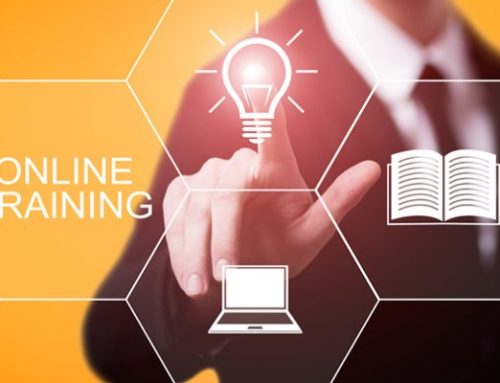 eLearning is a vague term which Wikipidia defines as Learning conducted via electronic media, especially via the Internet. And of course, Wikipidia knows everything. When we talk about eLearning it can be easy to focus on the “e” which stands for electronic. Through electronic means we have the ability to be educated through, TV, mobile devices, digital notepads, CD-ROM, DVD, and any other Internet capable device. Through these devices we have the tools to educate through a combination of mediums (text, video, animation, audio, 3D, interactivity), derive analytics, and deliver information through a highly accessible platform. But, we must remember that the e really does just mean the delivery platform and our real focus needs to be on the Learning part of eLearning. Through Learning, our focus should be to create engaging, memorable experiences that lead our audience to better understand information, improve performance, manage situations, think critically, problem solve, and make decisions.
eLearning is a vague term which Wikipidia defines as Learning conducted via electronic media, especially via the Internet. And of course, Wikipidia knows everything. When we talk about eLearning it can be easy to focus on the “e” which stands for electronic. Through electronic means we have the ability to be educated through, TV, mobile devices, digital notepads, CD-ROM, DVD, and any other Internet capable device. Through these devices we have the tools to educate through a combination of mediums (text, video, animation, audio, 3D, interactivity), derive analytics, and deliver information through a highly accessible platform. But, we must remember that the e really does just mean the delivery platform and our real focus needs to be on the Learning part of eLearning. Through Learning, our focus should be to create engaging, memorable experiences that lead our audience to better understand information, improve performance, manage situations, think critically, problem solve, and make decisions.
 eLearning starts with a need or an idea and from there we can begin to develop goals, objectives, and strategy. Through this series, we are going to look at the process of creating an eLearning application that teaches the user how to change a bicycle or bike tire. Each part in the series will focus on a specific eLearning topic or step in the process. We will explore different technologies and different approaches to creating a simple course that does nothing more than teach our audience how to change a bike tire.
eLearning starts with a need or an idea and from there we can begin to develop goals, objectives, and strategy. Through this series, we are going to look at the process of creating an eLearning application that teaches the user how to change a bicycle or bike tire. Each part in the series will focus on a specific eLearning topic or step in the process. We will explore different technologies and different approaches to creating a simple course that does nothing more than teach our audience how to change a bike tire.
Oh, That’s Interesting:
The term eLearning is often written eLearning or e-learning. Which is correct? The good news is that they are both accepted among professionals, although if you look at Google Trends you will see that eLearning may be taking the cake. Google Trends: eLearning and e-Learning





